Astronomers first "discovered" planet in another galaxy
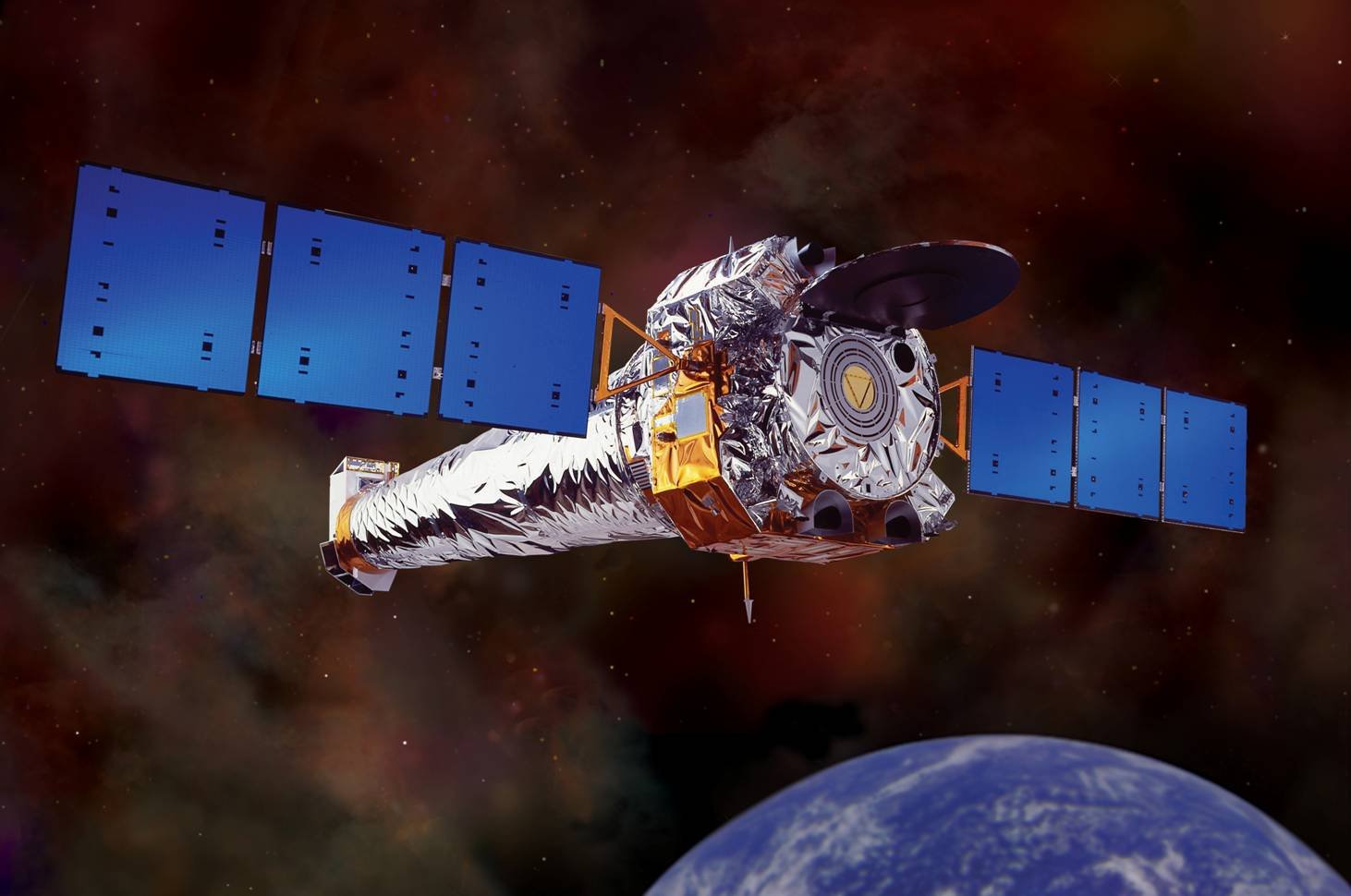 Source:
Source:The First discovery of a planet outside the Solar system, it became a true scientific achievement. Open the first exoplanets were discovered using ground-based observatories, so at first their number was small. But with the launch of a new, more powerful space telescopes such as Kepler, the number of open worlds beginning to grow rapidly. By February of this year scientists confirmed the discovery of exoplanets 3728, located in 2794 systems, 622 of which there is more than one planet.
More recently, astronomers reported a new achievement. Astrophysics from the University of Oklahoma (USA) for the first time in history, held observation of the planets, which are located in another galaxy. Using the predictive method described in the General theory of relativity, a team of scientists found evidence of planets in the galaxy, located about 3.8 billion light years from us.
An Article describing the details of the opening and is called "Probing galaxies through quasar microlensing method", was recently published in the journal Astrophysical Journal Letters. Leaders of the study were PhD Blue Dai and Professor Eduardo Guerras with the Department of physics and astronomy the University of Oklahoma.
For their study of astrophysics, used a technique called gravitational microlensing where a lens performs some massive astronomical object like a star that through its gravitational field changes direction and focuses the propagation of electromagnetic radiation, just as the usual lens changes the direction of the light beam. Gravitational microlensing is a reduced in scale by the method of gravitational lensing. In the past as the lens is already much larger objects like galaxies or even clusters of galaxies, which change the light direction of the object behind the lens. Both are used in the transit method of detecting planets. When the planet passes by the star relative to the observer (i.e. makes the transit), the star light is changed accordingly, and thus, scientists can determine the presence of the planet.
In addition to the method of microlensing, which allows to determine the presence of objects located on really very large distances from us (we are talking about billions of light years), the researchers used data from the cosmic x-ray Observatory "Chandra" for the study of quasar RX J1131–1231. Primarily scholars interested in the properties of the microlensing of a supermassive black hole located next to the quasar.
In Addition, for the calculation of the used models of microlensing, scientists have also used the computational power of a supercomputer. In the framework of the data analysis, the researchers found energy shifts, which could be explained by the presence of about 2000 unrelated planets, located between the quasar and the Earth, with masses ranging from the mass of the moon and Jupiter.
Image gravitational lens galaxy of RX J1131-1231 with the lenticular galaxy at the center and four images of the quasar, on the background. The researchers suggest that the image in the center of the elliptical galaxy are trillions of planets
"We are very pleased by this discovery. The first planet was discovered outside our galaxy. It is the presence of planets can explain the signatures that we observed in the study using the method of microlensing. Using data modeling and analysis high frequencies of these signatures, we tried to find out a lot of their sources" — commented on the Blue Let in the published press release.
Using the method of microlensing, scientists have discovered 53 the planets inside milky Way, but this is the first time when astronomers were able to detect signs of the presence of planets in other galaxies. As in the case of exoplanets outside the Solar system, scientists up to this point were not sure that a planet may exist in other galaxies. This discovery brings the study of space beyond our Solar system at a whole new level.
Eduardo Guerras notes that the discovery was possible due to a significant growth in recent years as modelling techniques and hardware.
"This is an example of the effectiveness of our methods of data analysis extragalactic microlensing. This galaxy is located about 3.8 billion light years from us, and we have no way of observing these planets directly. Even our best telescopes can't do this. It is possible to imagine only in science fiction. Nevertheless, we are able to conduct their study, confirming not only their existence, but even assuming their masses".
In the coming years, should open and make several new and most modern observatories that will allow you to make even more amazing discoveries. Space telescope James Webb, the European extremely large telescope, telescope Colossus are just a few names from the list.
Recommended
We seriously overestimated the size of the galaxy Andromeda, scientists say
Using a new method to measure the mass of galaxies, astronomers came to very interesting conclusions. It turns out that our nearest neighbor, the Andromeda galaxy, not much larger than our milky Way and not in two or even three times as much as previ...
Space telescope "Kepler" confirmed the existence of exoplanets 100
an international team of astronomers reports that the number of detected exoplanets has increased by almost a hundred, thanks to the continuing mission K2 space telescope "Kepler" space Agency NASA. After analyzing the latest data collected with the ...
Russian scientists created an effective protection of the courts from biofouling
Biogrowth is a process in which the surface of the hull or other structures residing in the aquatic environment, begin to multiply different organisms. In the case of ships, as a rule, bivalves (gressani, clams, ship worms, etc.), barnacles, polychae...
Related News
Singapore will launch a man into the stratosphere in a balloon
the Singaporean scientists are going for the first time to launch the first manned balloon that will leave the person into the stratosphere, — said the head of the developer company In.Genius Sen Lim. In addition, he noted t...
One of the accepted cosmological models gave up the slack
the Galaxy Centaurus A, "hid" very interesting secret. Astronomers have discovered that around this giant galaxy in the same plane rotate several dwarf galaxies, how the planets revolve around stars or stars that revolve around ga...
The plane made an Intercontinental flight on kerosene with mustard
the Airline Qantas said that the company-owned aircraft made an Intercontinental flight from the USA to Australia with fuel partially composed of mustard. For flight used mixed fuel, for 90 percent consisting of conventional aviat...
It turns out that anesthesia affects plants
In 1846 a patient with a tumor on her neck was the first to try something drastic, perhaps even desperate: anesthesia. The inhalation of ether gas before going under the knife, repeatedly paid off. Today, surgery without anesthesi...
Astronomers: two planet system TRAPPIST-1 habitable
last year, NASA astronomers have discovered a planetary system with seven earth-like planets. Called TRAPPIST-1 system not only has the largest number of earth-like worlds orbiting within the system, but also contains the largest ...
To AI was creative, he must learn to break the rules
Each artist once something started. Today we can apply this popular expression against the machines. You need to create creative artificial intelligence? Sometimes it seems that the difference between machines from man to machines...


















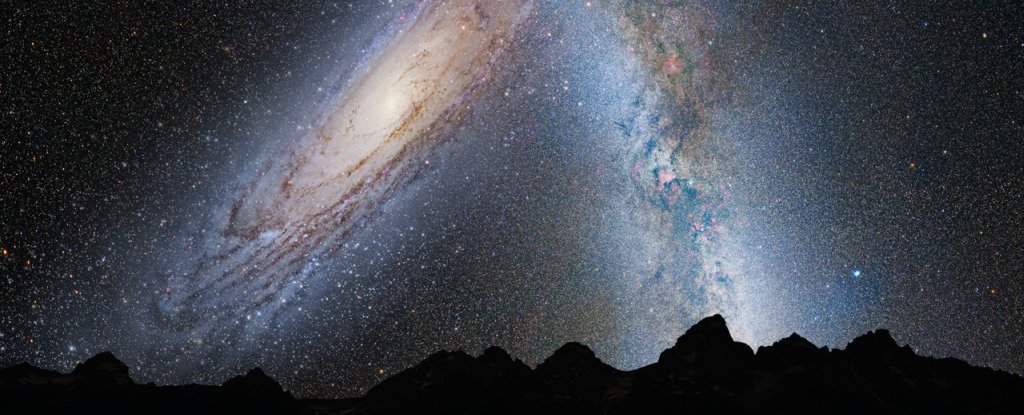
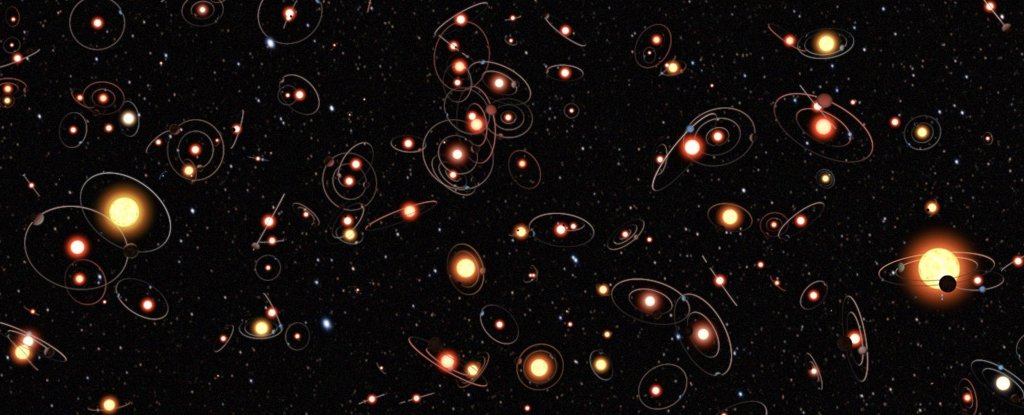

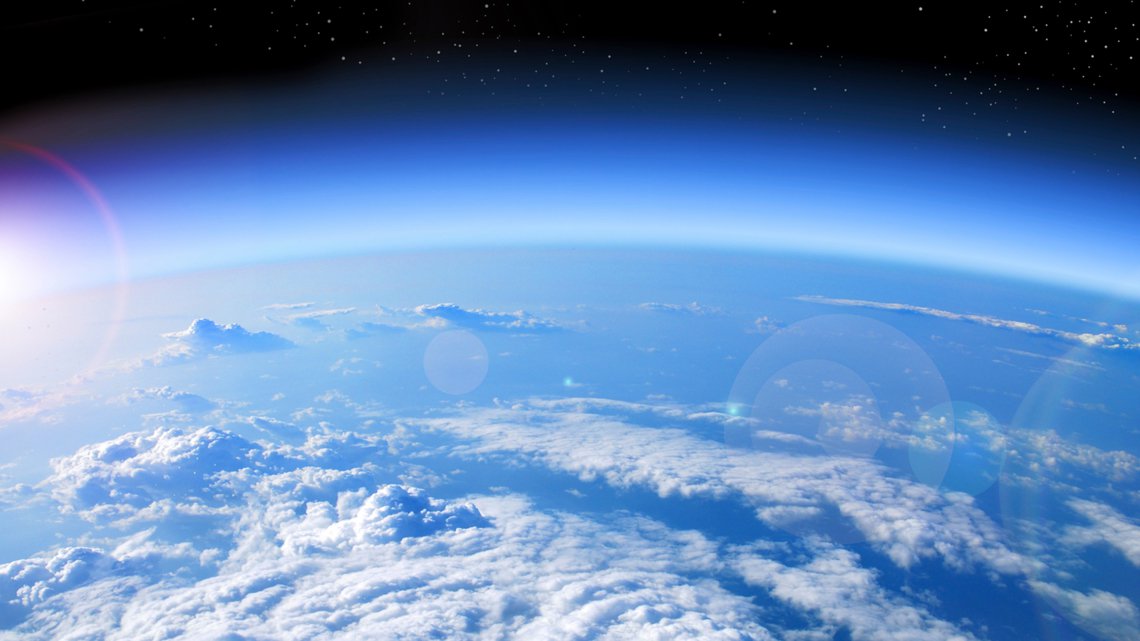
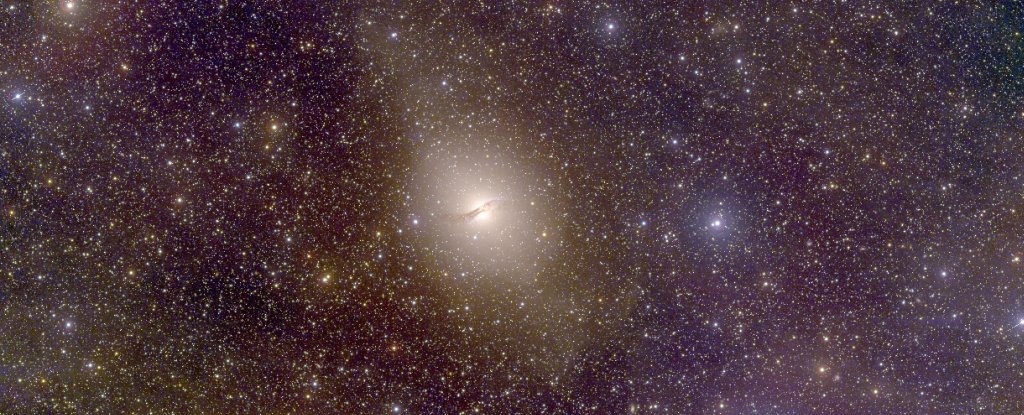


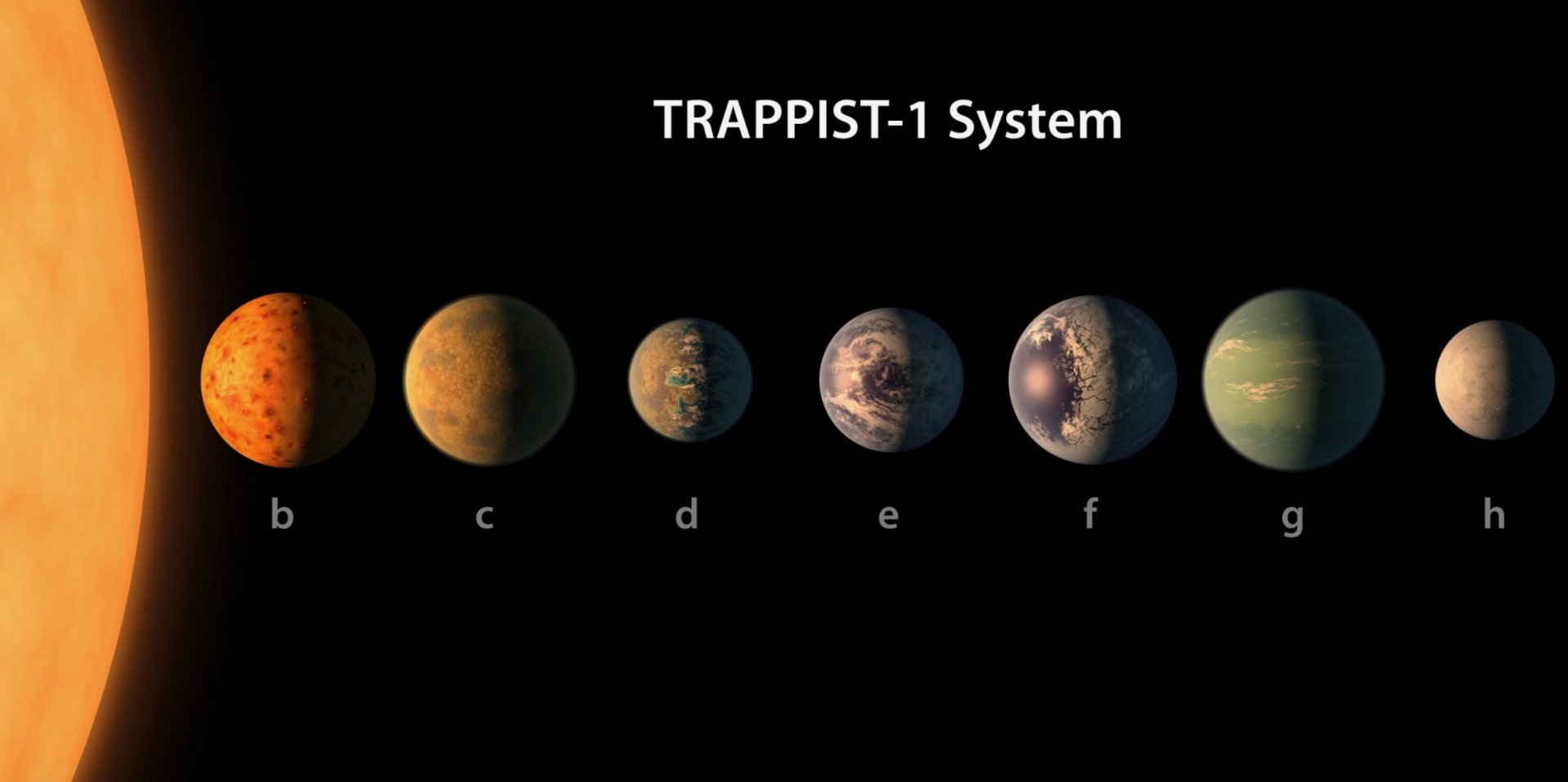

Comments (0)
This article has no comment, be the first!